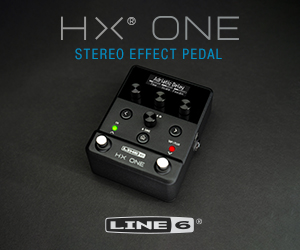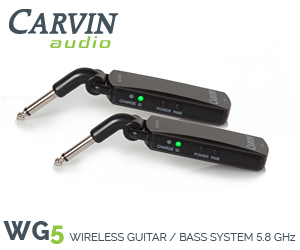How To Improve Your Sound With Guitar Boost Pedals
The Tone King | Apr 29, 2020 | Comments 0

Is your guitar playing off-key? Are you starting to become a good guitarist? If so, then, consider using the right equipment to help improve your guitar-playing to the next level. Now, you might think you need to spend a lot of money to buy amplifiers and other expensive gear. You can buy those things, but you can start with a relatively inexpensive yet useful tool, which is the guitar boost pedal. So, continue reading to know how using guitar boost pedals will improve your sound.
Preserves The High-End
It’s safe to say that all guitar cables have capacitance. In other words, the sound loses more definition when you use a relatively long cable. Furthermore, the longer the cable used, the more chances you’ll lose additional definition in your music.
Ultimately, the overall tone of your guitar playing will sound “tired”. You can solve this problem by using a guitar boost pedal.
This device can provide a high input impedance value. It means that the pedal will impede the signal current in the cable used. The effect is that the current will pick up any leftover magnetic field to the areas where they should land.
The result is a tone that’s noticeably cleaner than playing your guitar without a boost pedal. Even at 0, the tool should preserve the high-end sounds of your musical instrument. Vintage guitars can benefit from using guitar boost pedals, especially if these instruments have lost their “mojo” through the years.
Make Your Solos Heard
You might be the lead guitarist in a band, but your solos seem to be bland. The crowd doesn’t cheer as much as you’d intended. At this point, you might think that stomping on a high-gain pedal is the solution. But, misusing that particular tool will result in off-peak audio. Think “nails scratching on a chalkboard” sounds when you misuse a high-gain pedal.
But, a clean boost or equalizer boost pedal can be your best friend in this situation. This type of guitar boost pedal will help enhance what you already possess. In other words, using the right boost pedal will catapult the bass, mids, and treble up a notch for a solo performance worthy of wowing crowds.
However, be careful as you can still commit errors when using a clean boost or equalizer boost pedal. By now, you might be searching online for keywords like, “How to use a guitar pedal?” Learn everything that you can about using the right boost pedal correctly. Do this step first to make your solo performance excite your audience like never before.
“Dirty” Your Tone
Although this may sound counter-intuitive, using the right guitar boost pedal can make the instrument’s tone “dirty”. You can use clean boost pedals to enhance the original tone of the guitar. Otherwise, you can also add distortion to the sound for exciting effects.
Some of the ways that you can use guitar pedals to bring unique tones include:
- Overdrive – Think of the sound of vacuum tubes when wind passes through them, but pushed to their limits. Overdrive guitar pedals boost the instrument’s gain, which creates an overdriven (hence, the name) amplifier.
- Distortion – Guitar pedals with distortion features overdrive the overdriven sound. This tool accomplishes this feat by boosting the levels while modifying the audio’s waveform.
- Fuzz – Fuzz tones are akin to buzzing or humming sounds. One example where you can hear this fuzzy tone in use is the song “(I Can’t Get No) Satisfaction” by the Rolling Stones.

Man with musical instrument setting up guitar audio stomp box effects and cables in music studio
Avoid the Dreaded “Tone Suck”
“Tone suck” is the term used when the signal quality loss becomes apparent because of long-running cables running through different devices. The effect is a lost high-end and overall fidelity in the tone. Many beginner guitarists make this mistake because the idea of using several tools at one time can be tempting.
Instead, using a reliable guitar boost pedal with short cables connected to the devices you’re using should help minimize the dreaded “tone suck”. You may also use buffered pedals to help improve the capacitance.
However, be aware of the fact that some guitar boost pedals, particularly cheaply made units, don’t have a true bypass. So, you should check online reviews first before making your purchase to ensure that you’re getting a quality boost pedal for your sound.
Conclusion
The correct guitar boost pedal can give you a nice, “clean”, or “dirty” tone from your instrument. It can also help you avoid the dreaded “tone suck”. Furthermore, using the right pedal at an appropriate time, such as your guitar solo, gives you a higher chance than before in wowing an audience. Make sure to purchase the right model to ensure that you’re getting value from this music-playing peripheral.
Tiny URL for this post:
Filed Under: Featured • Commentary / Editorials
About the Author: The Tone King | TheToneKing.com | TTKRocks | REAL reviews for REAL players! ROCK hard, ROCK loud, ROCK ON!




















